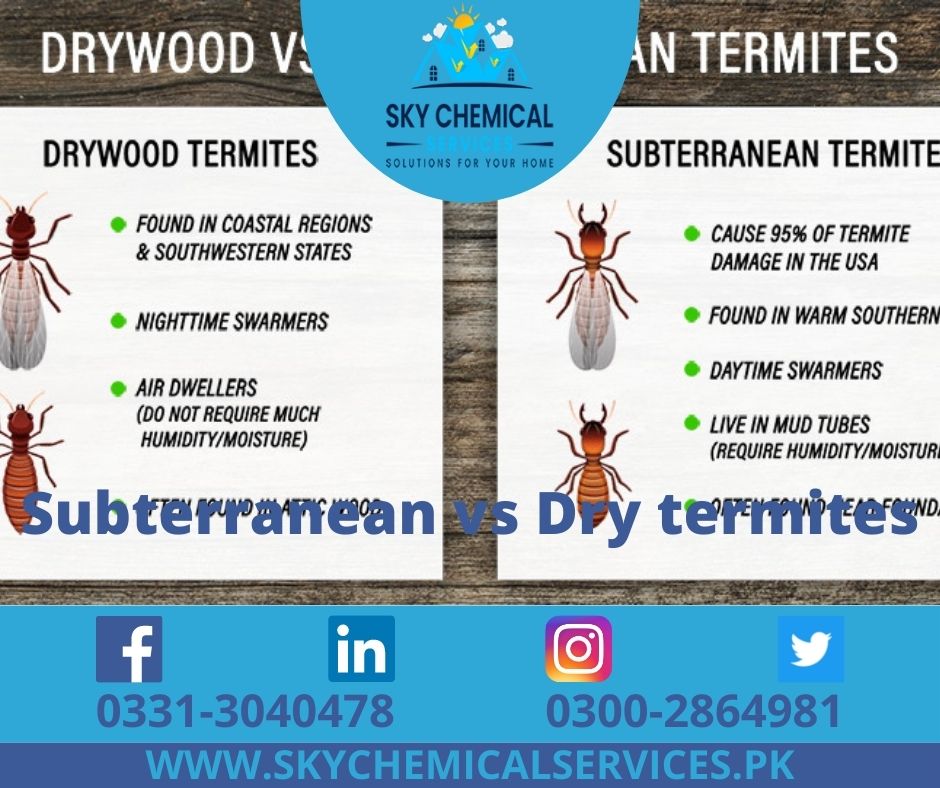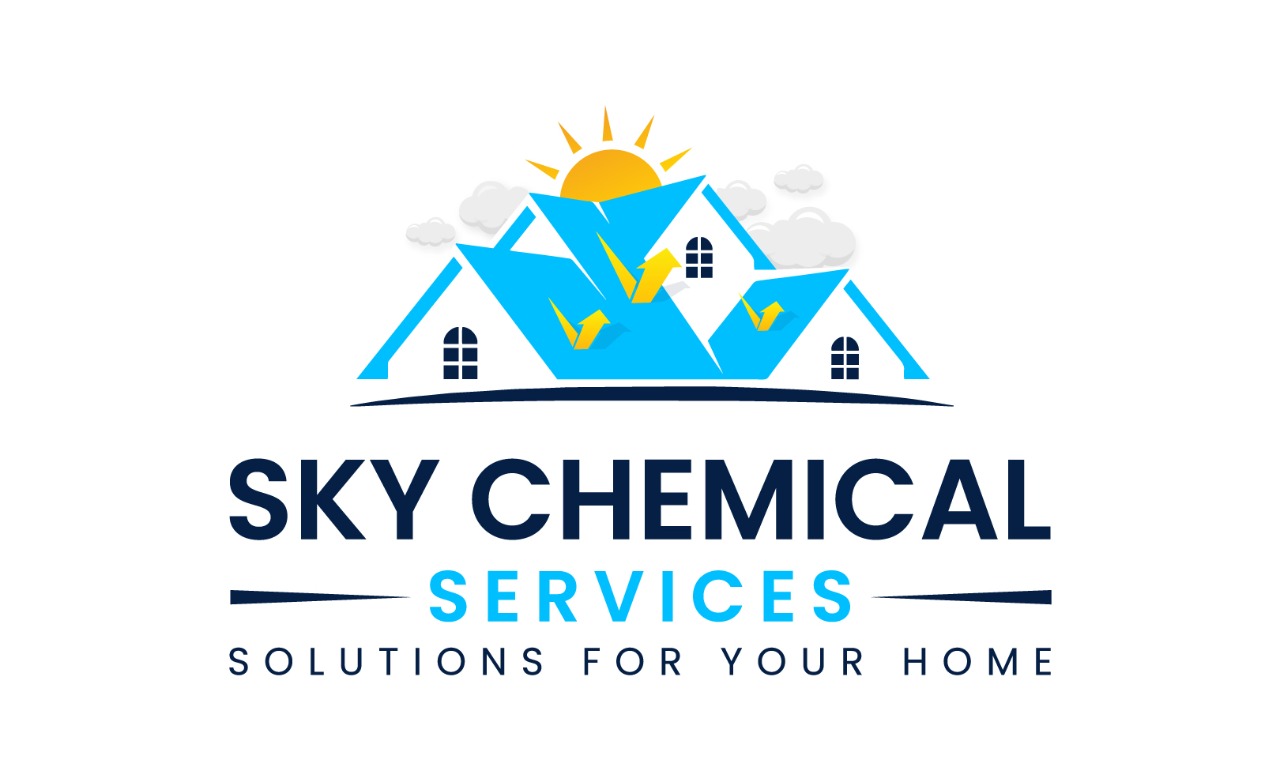
Termites, sometimes known as white ants, are a type of sneaky pest. Termites can hollow out interior structural timbers, as well as wooden flooring and fixtures, invisibly and repeatedly, producing considerable damage and high repair expenses. Termites are decomposers in nature, breaking down decaying wood that collects in and on the soil. The humus produced by this breakdown process is returned to the soil as useful compounds. The most damaging insect pests of wood are dry wood and subterranean termites, which cause extensive damage. Dry wood termites are a little-known pest. Because the termite management treatment for Dry wood termites and Subterranean termites differs, it is critical to identify the correct species.
Is Termite Spraying Safe For Humans?
Interesting Facts about Termites
Differences between Subterranean and Dry Termites
Subterranean Termites
- Smaller in size than Dry Termites
- Nest is inside the soil
- It cannot construct mud tubes.
- It can produce characteristic pellets
- This termite eats spring wood and summer hard wood
- It is hazardous to foundations
- Builds large colonies
Dry Termites
- Larger in size than Subterranean Termites
- Nest is inside the wood
- It can construct mud tubes
- It eats spring wood only
- This termite enters home through infected wood
- Builds small colonies
Drywood termites resemble their subterranean counterparts in appearance. Both, for example, can be found in white and brown tones and are sometimes translucent. The size difference between the two species, however, is significant, as drywood termites are much larger than subterranean termites.
Drywood and subterranean worker termites have similar appearances. They tend to differ in the soldier and alate castes. Soldier termites have huge, yellowish/brown heads, while alates (flying termites) are often dark brown/black in hue.
Treatment of Termites
Dry wood termites are treated differently from subterranean termites. The soil is managed with drilling treatment for subterranean termite control. Dry wood termites never leave their galleries, so perimeter spraying on wood won’t assist, and treating the soil under and surrounding the structure with a chemical designed for subterranean termites won’t work because dry wood termites may never come into touch with the soil. Drilling through the wood and injecting specific oil-based pesticides straight into the tunnel can be used to treat dry wood termites. Plywood used to make fixtures and furniture that has not been adequately seasoned requires a thorough treatment to ensure its long-term safety. Before building any furniture, it’s a good idea to spray the plywood with a protective coating.
How can Termite Infestation lower your Home Value?
Does Rain Increase Flying Termite Activity?
Termite Prevention
There are four important aspects in keeping termites from invading your building, according to our termite control experts.
Hygiene – When building a new home or business space, avoid burying wood beneath porches or steps, since this can feed termites with food. Before filling or backfilling, make sure to remove any form boards or wood scraps from the soil. Additionally, before commencing the construction process, remove all tree roots and stumps from the construction site.
Ground Shape – Many homeowners and business owners are unaware that the shape of their landscape might affect the susceptibility of their structure to termites. Termites have easy access to food when cellulose mulches such as wood or bark chips are placed against the foundation. Termites can be found in landscape timbers and wooden workstations.
Wood Treatments – As a supplement to a soil treatment, wood can be treated after a termite infestation has developed. To assist prevent future infestations, infested wood might be sprayed, brushed, or even injected using an aerosol system.
Termite Baits – Termite baits include a small amount of insecticide that is used to minimize the number of termites foraging around your home.
Conclusion
These types of termites (subterranean and dry) are wood eating specialists and can devour large pieces of timber within quick time. However, they entail lots of differences too. For example, drywood termites require less moisture and no contact with the soil while subterranean termites nest in the ground and make mud tubes to tunnel the ground. The colors and design patterns also differ. Dry wood termites range from light to dark brown with a tint of yellow. Subterranean, on the other hand, have variations between light and dark brown.
If you want to know more about our services, visit (https://skychemicalservices.pk/)
